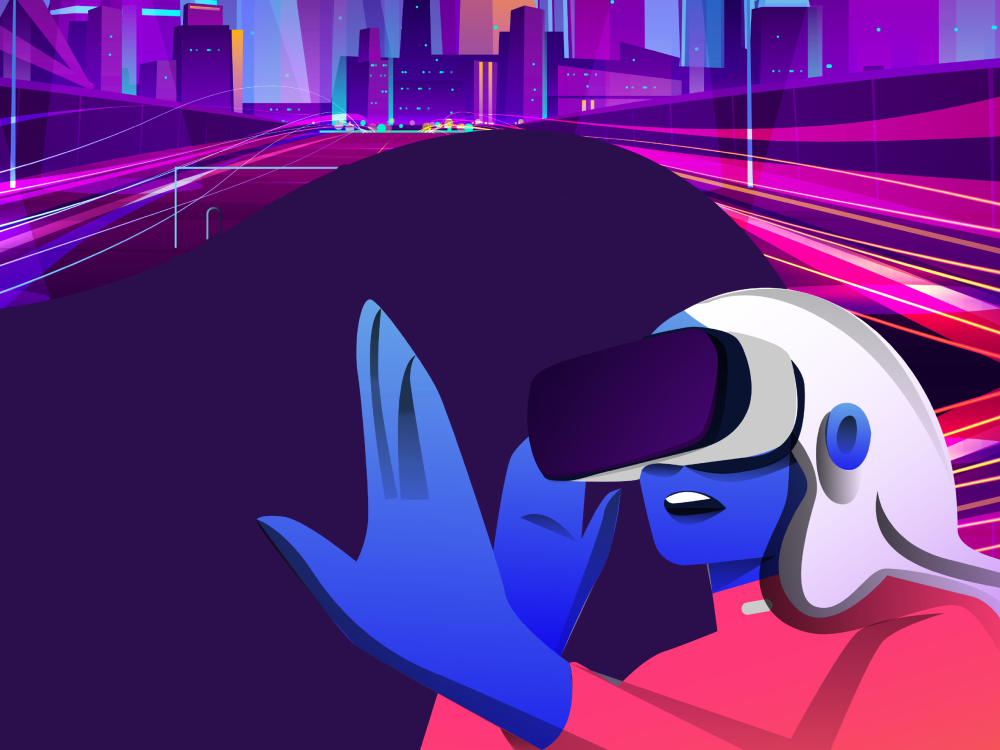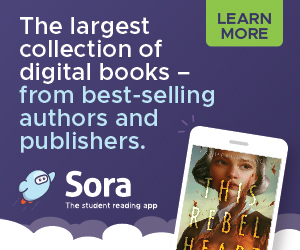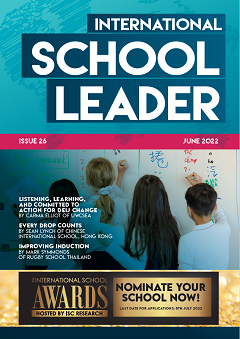By Sunny Thakral
What should you do if simulation exceeds reality? When a computer-generated world unlocks abilities, knowledge, comprehension and creativity way beyond what is possible in the real world, when it offers a respite from the troubles of the real world, does it then truly become addictive? How then in such a world do we educate children?
The internet to me has been a precursor to the metaverse. We already have multiple personas online. We might have more online followers and network connections than actual physical ones. We might behave differently with academic networks compared with social ones, and don’t forget that there might be an entire anonymous side of us, only visible online. Now take this a notch higher with photorealistic environments, with all the mods and cons of the current data-driven internet. No wonder a lot of buzz, excitement and concern is being generated by the concept.
What Meta means for educators
In October 2021, one of the biggest tech moguls renamed his company, Meta. He wasn’t the only one; others like him are investing huge amounts in research and development into the metaverse. Within the next decade, we will be making enormous strides in this area, which means that our primary pupils will be learning and working in the metaverse. With something that is quite complex to understand, what should we as educators do?
Not only do we need to keep on top of this but also play an active role in the development of learning experiences using the metaverse. Understanding the metaverse is essential. Now most of us might have rudimentary experience of the metaverse through the use of cardboard virtual reality (VR) headsets or through playing immersive video games. Most schools probably have a number of these headsets collecting dust in a cupboard by now. A similar argument can be made about augmented reality (AR) apps using mobile phones. The fidelity and the user experience are often poor compared with our current technology so it is no wonder that only the enthusiasts end up using them. This is all going to change.
The essence of the metaverse is to create a character or avatar, move around a virtual space, communicate and interact with others. The power is that you have immense control over the environment and how you are perceived in it. In an instance, you can be transformed anywhere, have access to knowledge and guidance and more or less do whatever is possible within the framework of the metaverse. Since it is code, new experiences can simply be created on demand.
What it might look like
But could you imagine an entire day spent in the metaverse? What would it feel like to wear a VR headset, to live in the metaverse so to speak? A lot of us are instantly dismissive. A huge majority also have a partially complete impression of the metaverse. They forget about the AR version of the metaverse, which to me is much more powerful as a bridge between both worlds.
Imagine a pair of cheap glasses or a device that is used to augment the classroom. You have access to pupil data instantly, like a profile page. Facial recognition technology allows you to map key metrics like special educational needs, learning plans, interests and key pupil data next to their face. Pair it up with artificial intelligence and perhaps even bespoke questions that you should be asking them are displayed next to assess their comprehension and further learning.
Pupils themselves have these devices and they can access content in multiple forms instantly. Language translations, concept and recap videos are layered on top of the actual classroom. The potential is immense both for disruption and academic gain. In an instant, the teacher can pull up an active volcano or take them on a field trip inside the classroom. It can be fully immersive, like VR, or just on their table with everyone sharing the same experience and collaborating physically with each other. The classroom becomes this magical place where historical figures come alive, and their personas interact with pupils. Timelines can whisk you away to a different era. Digital teacher twins are created who can engage pupils both in the meta classroom and the physical classroom.
That is the type of metaverse that interests me, and we are almost on the cusp of this type of revolution. A kind of deep, transferable learning that lasts a lifetime is possible. It might all seem like a guided play environment that could represent the school of the future but technologies like Microsoft HoloLens and the Mesh framework allow you to leverage similar experiences right now in the classroom.
From concept to reality
In classrooms, we have experimented with virtual field trips with immersion offered far beyond that by typical VR trips using current-generation headsets. Using Microsoft HoloLens, pupils experienced Rome and Peru in astonishing detail. Virtual classrooms were set up to allow pupils to interact in a 3D space as an alternative to current tools like Teams and Classroom. The novel engagement factor brought together moments of joy for pupils who were separated by distance during the pandemic. Short, individualised experiences like the Anne Frank House were used to create long-lasting impact and bring alive texts and moments in history. Getting pupils to start creating virtual spaces using Unity, which can be utilised by our younger pupils, is the next piece of the puzzle. We are empowering them to move beyond the consumer stage to become creators.
Vocational training is possible by having access to videos and guidelines, especially in subjects such as art and design and technology where an overlay can guide you to make the right brush stroke or drill the hole in the exact place. VR headsets normally cut you off from reality, AR headsets integrate both. The next generation of headsets are already on their way that use both AR and VR principles, so it is essential for tech leaders to start experimenting with developing learning experiences that showcase the potential to guide the pedagogical dialogue.
Moving beyond the classroom, the metaverse can be leveraged as a space to create equitable access, especially for remote learning. Pupils would have immersive access to learning experiences at home with the classroom environment rendered realistically and interaction with peers on par with reality. Issues such as class sizes, limits on travel, learning with peers across the world and reducing the cost of education can be addressed.
Indeed, in higher-education settings the metaverse experiment has already begun with Stanford University using a platform called Engage VR. Approximately 250 students participated in over 3,500 hours of learning. Similar projects are becoming common the world over – there is even talk of ‘metaversities’ being formed to address educational needs.
The metaverse is coming, there is no escaping that. It falls on us as educators to decide how this always-on, always-connected metaverse ends up augmenting the education experience rather than detracting from it. It is up to us to help preserve those key social interaction qualities that are fundamental to how humans learn, and we can only do that by being actively involved.
Dealing with the metaverse
- Identify active learning experiences that might benefit from AR and VR.
- Develop learning experiences for staff to train in rather than the odd demo on how to use devices.
- Involve pupils in the planning stages as they can act as a source of support later.
- Be selective about what is purchased, hold back instead of buying an expensive kit that can quickly become redundant. There is no need to rush, just be informed.
- Create Google news alerts or links with educators or organisations experimenting with the metaverse. Be actively involved in the discussion.

Sunny Thakral is Head of Computer Science at Brighton College Bangkok. Connect directly with Sunny on LinkedIn



